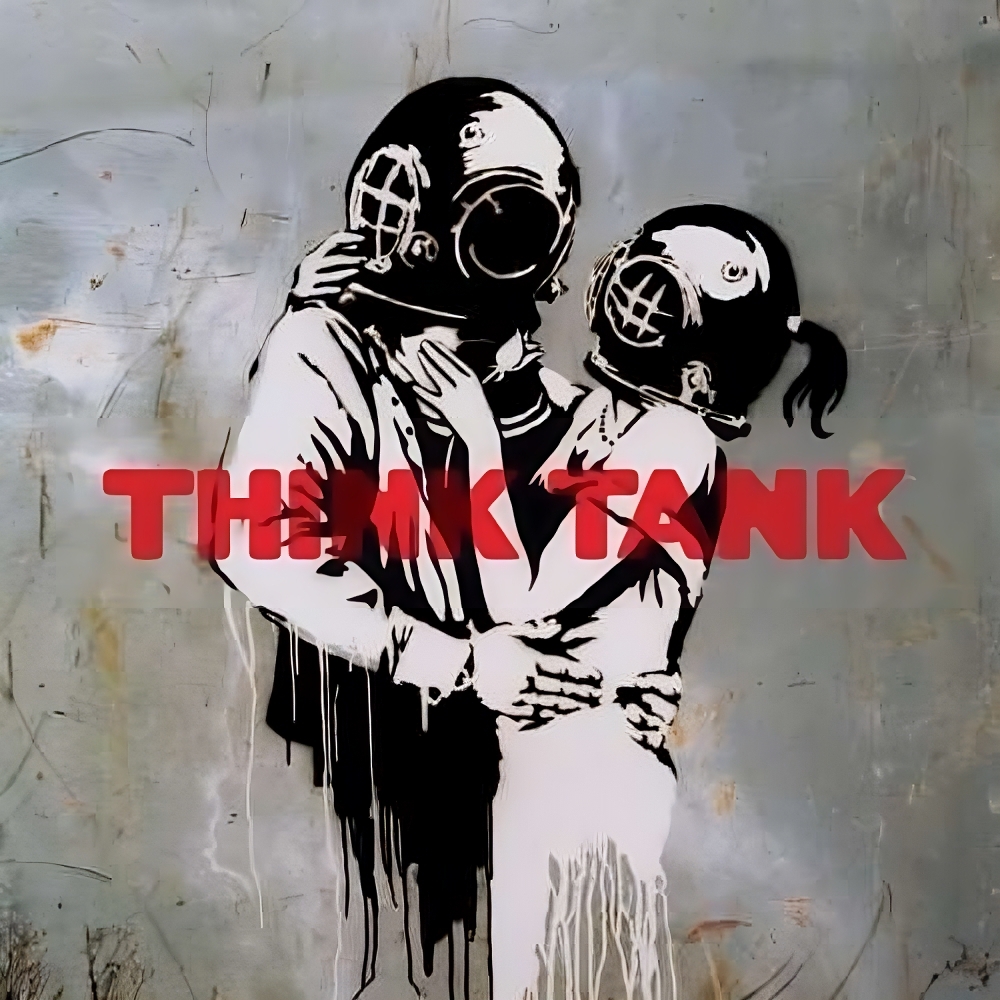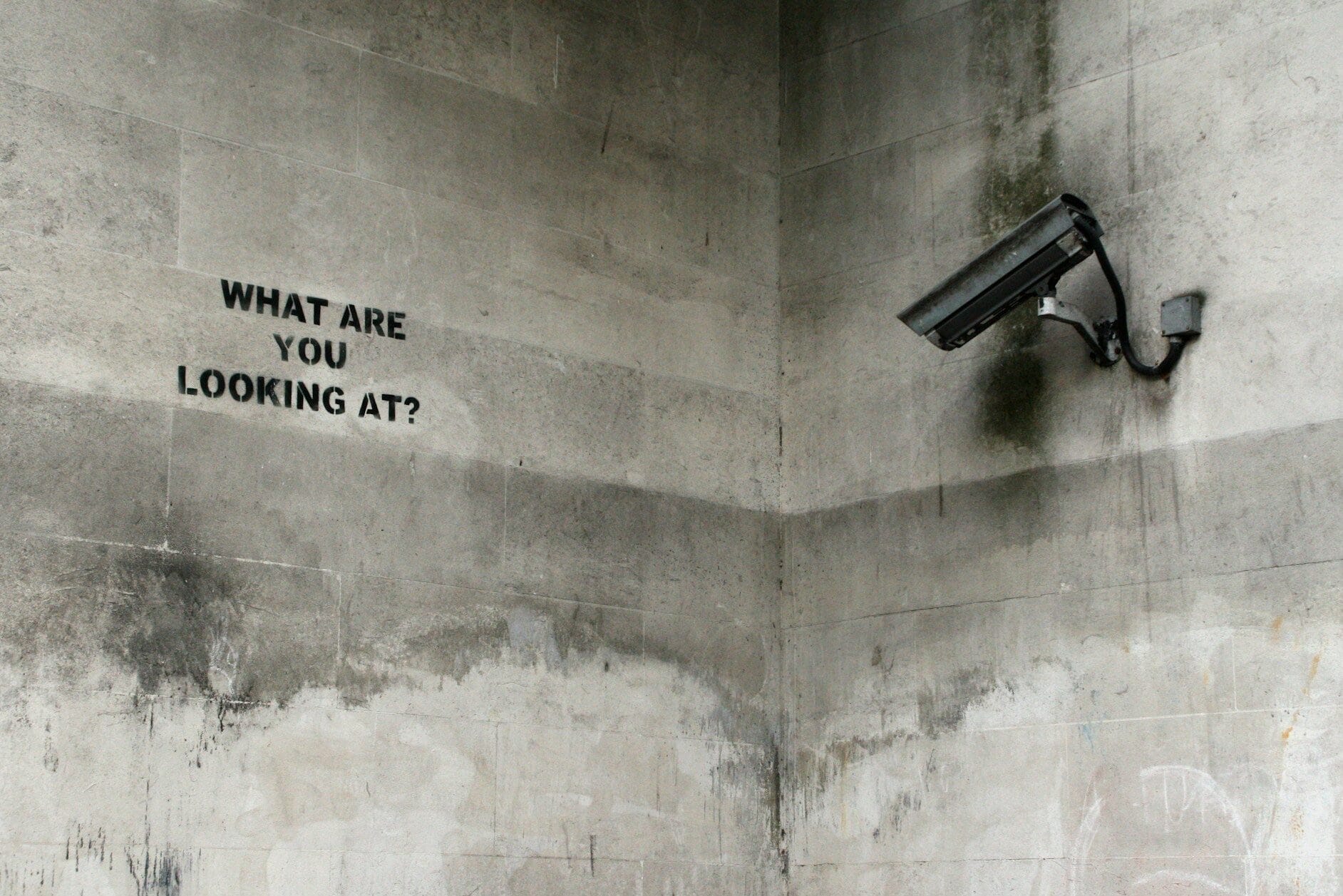In the world of contemporary art, few names stir as much intrigue and debate as Banksy. The enigmatic street artist has not only captured the public’s imagination with his provocative and politically charged artworks but has also sparked conversations about the very nature of art and its place within society. Central to Banksy’s philosophy is a nuanced understanding of art’s relationship with capitalism and commercialism. Far from viewing commercial projects as inherently corrupting, Banksy’s selective engagement with the commercial art world offers a window into his values and his pragmatic approach to the intersection of art, activism, and commerce.
One of the most notable instances of Banksy’s foray into commercial art is his collaboration with the British band Blur for their «Think Tank» album cover in 2003. The cover, stenciled by Banksy, features a striking image that encapsulates his signature blend of simplicity and depth. Despite his general aversion to commercial work, Banksy’s decision to take on this project highlights his belief in the compatibility of artistic integrity and commercial success, under the right circumstances.

Banksy has openly admitted to undertaking certain commercial projects «to pay the bills,» a candid acknowledgment of the economic realities facing artists. Yet, his work on the «Think Tank» album cover was not merely a financial decision. As Banksy himself has articulated, the choice to collaborate with Blur was driven by his respect for the band’s work and the alignment of the project with his own artistic values. «It was a good record and [the commission was] quite a lot of money,» Banksy said, emphasizing that commercial endeavors do not inherently degrade the quality of art. Instead, he argues, the synthesis of a quality product with a quality visual can be a harmonious, even symbiotic, relationship.
This perspective challenges a purist, often romanticized notion of art as something that must exist wholly separate from the influences of capitalism to maintain its purity and integrity. Banksy’s pragmatic view suggests that engaging with commercial projects does not automatically compromise an artist’s vision or values, as long as there is a genuine belief in the work being created. It’s a stance that acknowledges the complexity of navigating the modern art world, where ideals often clash with economic imperatives.
The sale of the «Think Tank» album cover art at auction in 2007 for £75,000 underscores the commercial appeal of Banksy’s work, even as it continues to challenge and critique the very system that commodifies art. The album’s fold-out booklet, which features the text «Celebrity Harvest» – the working name for a proposed but ultimately unmade Gorillaz film – further exemplifies Banksy’s willingness to engage with pop culture and commercial projects in a way that remains thought-provoking and true to his artistic ethos.
Banksy’s approach to art and commerce is reflective of his broader philosophy. In a world where the lines between art, activism, and commercialism are increasingly blurred, Banksy’s work serves as a reminder that integrity and success are not mutually exclusive. By selectively engaging with commercial projects that resonate with his values, Banksy navigates the capitalist landscape of the art world without compromising the provocative and critical edge that defines his work. In doing so, he invites us to reconsider our own preconceptions about the value of art and the possibilities for artists to effect change within and beyond the gallery walls.
Credits
- Featured image by Niv Singer.
- This article was written with help of artificial and human intelligence.
- wikipedia.org/wiki/Think_Tank_(Blur_album)




Schreibe einen Kommentar